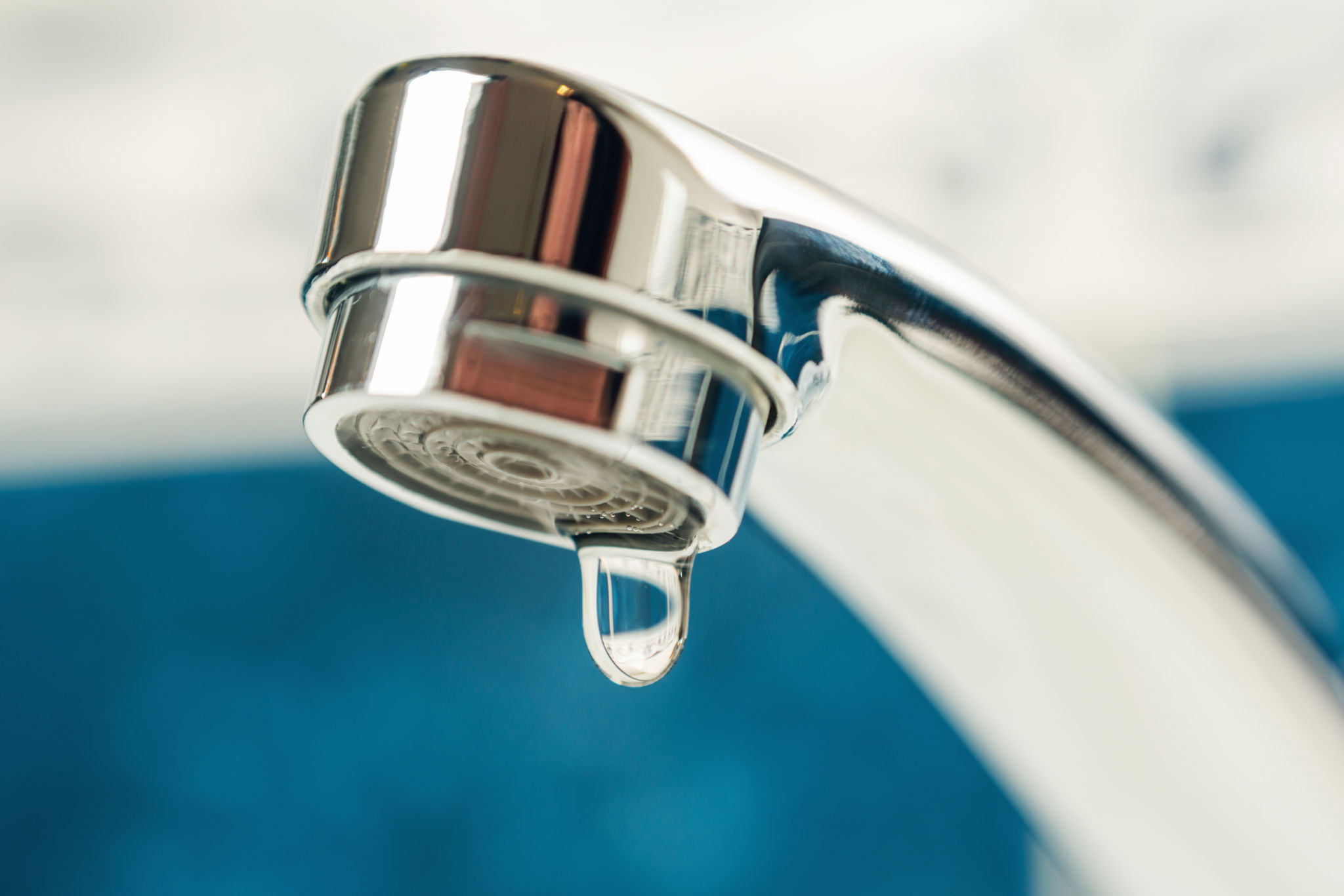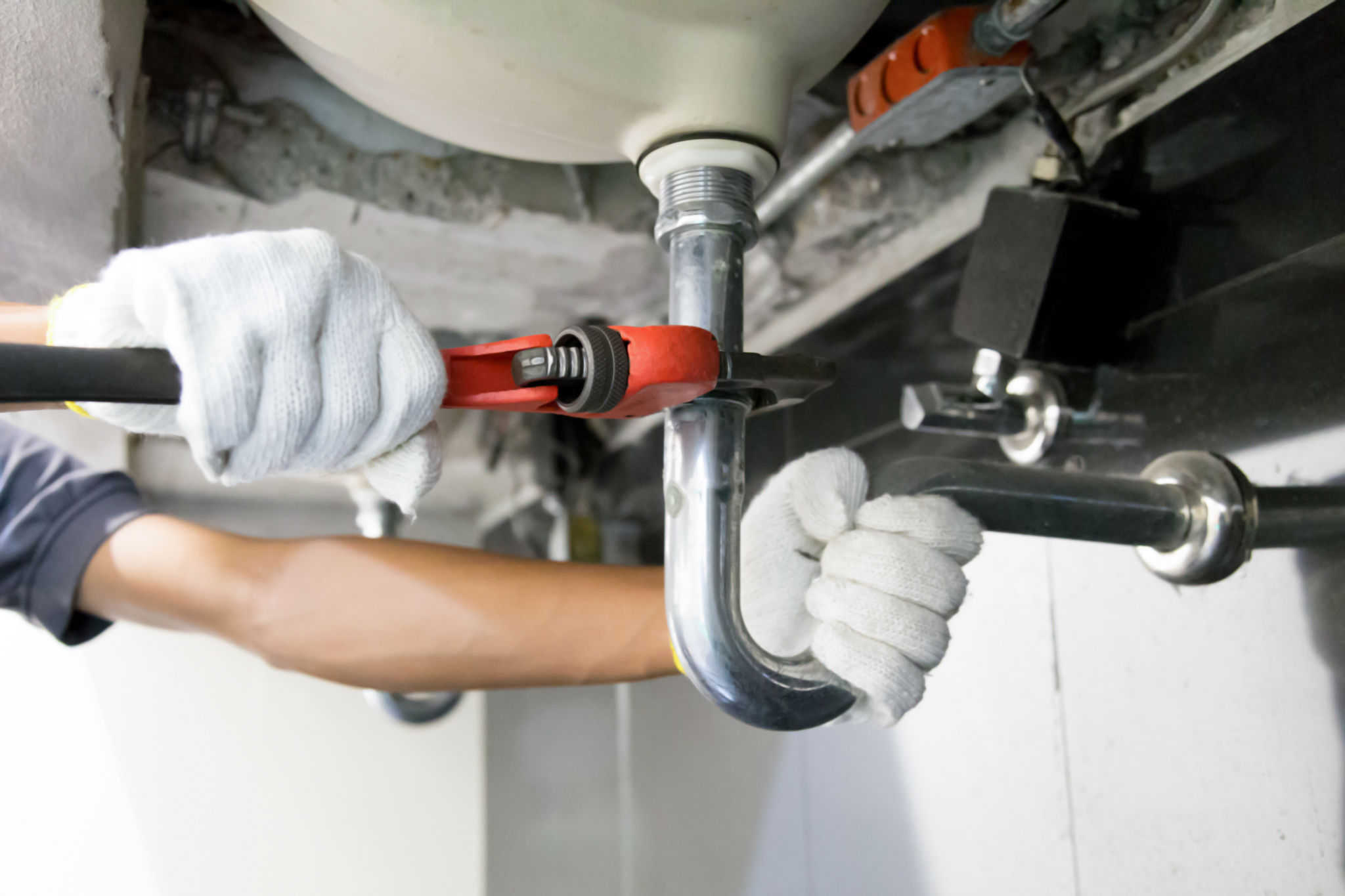Common Plumbing Issues and How to Fix Them: A Homeowner's Guide
Understanding Common Plumbing Issues
As a homeowner, encountering plumbing issues is almost inevitable. While some problems require professional assistance, many can be tackled with DIY solutions. Understanding common plumbing issues can save you time and money in the long run. In this guide, we'll explore frequent plumbing challenges and provide practical solutions to address them.

Dripping Faucets
A dripping faucet is not only annoying but can also waste a significant amount of water over time. The most common cause of a dripping faucet is a worn-out washer or O-ring. Fortunately, fixing a dripping faucet is relatively straightforward.
To address this issue, ensure the water supply is turned off. Next, disassemble the faucet to inspect the washer and O-ring. If they're damaged, replace them with new ones. Reassemble the faucet and turn the water supply back on to test for leaks.
Clogged Drains
Clogged drains are another common plumbing issue that can occur in any home. Whether it's a slow-draining sink or shower, the culprit is often a buildup of hair, soap scum, and debris. Fortunately, there are several ways to unclog a drain without calling a plumber.
Start by using a plunger to dislodge the blockage. If that doesn't work, try a mixture of baking soda and vinegar to break down the debris. Pour half a cup of baking soda followed by half a cup of vinegar into the drain, then cover it for about 15 minutes before flushing with hot water.

Running Toilets
A running toilet can result in a surprising increase in your water bill if left unaddressed. This issue often stems from a faulty flapper valve or fill valve. Fixing a running toilet is typically a straightforward task that requires minimal tools.
To fix it, remove the toilet tank lid and inspect the flapper valve. Ensure it's sealing properly and isn't warped or damaged. If necessary, replace it with a new flapper valve. Additionally, check the fill valve for any issues and adjust it as needed to ensure proper water level in the tank.
Low Water Pressure
Experiencing low water pressure can be frustrating, especially when trying to shower or wash dishes. This issue may result from sediment buildup in pipes or fixtures, pipe corrosion, or leaks within your plumbing system.
To improve water pressure, start by cleaning aerators and showerheads. These can accumulate mineral deposits over time, restricting water flow. Soak them in vinegar overnight to dissolve the deposits. If low pressure persists, it might be necessary to consult a professional plumber to inspect for leaks or corrosion in your pipes.

Leaky Pipes
Leaky pipes can cause water damage and increase utility bills if not addressed promptly. Leaks often occur at joints or connections within your plumbing system. Fixing leaky pipes requires identifying the source of the leak and applying the appropriate solution.
For small leaks, applying pipe sealant or plumber's tape may suffice. For more significant leaks, you might need to replace sections of piping or fittings. It's crucial to turn off the water supply and drain the affected pipe before making repairs to prevent further damage.
When to Call a Professional
While many plumbing issues can be resolved with DIY methods, some situations call for professional expertise. If you're unable to identify the source of a problem or if repairs require extensive work beyond your skillset, it's wise to contact a licensed plumber.
Tackling plumbing issues promptly can prevent minor problems from escalating into costly repairs. By understanding common issues and their solutions, you can maintain a functional and efficient plumbing system in your home.
